Flooring University: Tile 101
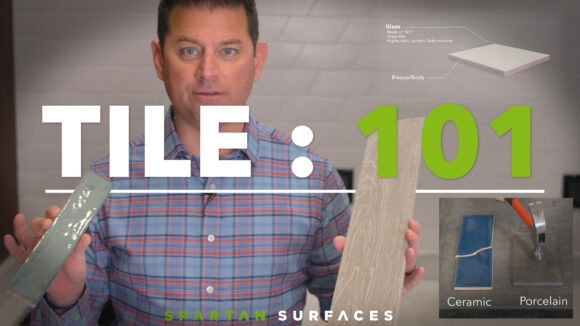
Rectified, honed, PEI, bisque – the terminology can seem endless and confusing when it comes to tile. Thankfully, we’ve got tile aficionado Keith Lacognata on our side. With a rich history in the flooring business, Keith breaks down standard tiling jargon in layman’s terms, helping you understand everything from choosing the right type to proper installation methods. Let’s embark on this enlightening journey and make your tiling projects a breeze.
Tiling History
The history of tiling dates back to ancient Greece, where the terms “Karamos” and “Tegula” referred to coverings inside and outside. Tile has evolved over centuries, offering various types, each with unique properties and applications.
How to Make Tile
Craftsmen create tiling from different clay and color pigments, giving it a distinctive appearance. The two primary types of tiles are ceramic and porcelain. Manufacturers fire porcelain tiling at high temperatures for extended periods, giving it a low water absorption rate and making it stain-resistant and more durable.
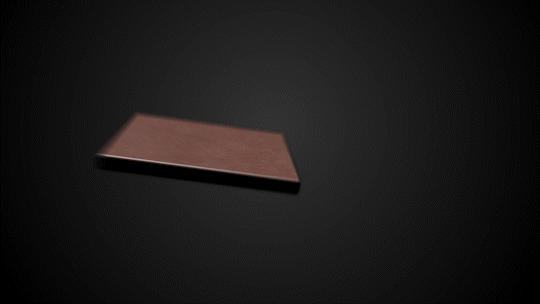
Different Constructions of Tile
Tile has two main constructions: the bisque or body and the glaze. The body can be white, color, or through-body, offering different aesthetic and functional benefits. The glaze, akin to a car’s clear coat, protects from imperfections, scratches, and scuffs and is available in matte and polished finishes.
Rectified vs. Non-Rectified
After firing, workers cut and polish rectified tiling to exact dimensions, ensuring uniformity and allowing for tight grout lines. Non-rectified tile may have slight size variations, requiring more prominent grout lines to accommodate these discrepancies.
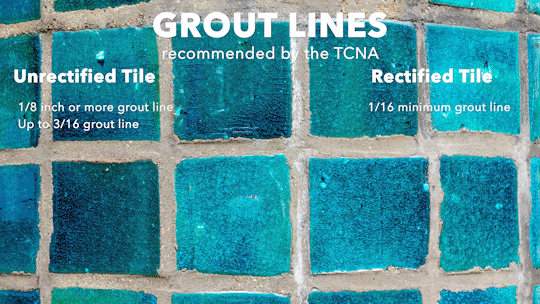
Grout Line Guide
The Tile Council of North America recommends a minimum of 1/8 inch grout line for non-rectified tiling. You can go for even tighter grout lines for rectified tile, achieving a seamless and symmetrical installation.
Commercial vs. Residential
Porcelain tiling is preferred for commercial applications due to its durability and low water absorption. With this in mind, the Porcelain Enamel Institute (PEI) rating system helps determine the tile’s suitability for various applications, ensuring you choose the right tile for your project.
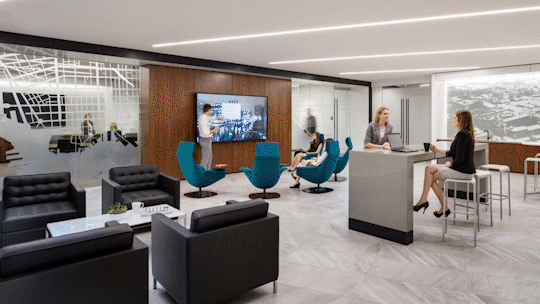
Where Tile is Installed
Tiling finds applications across various sectors, including healthcare, corporate, education, multi-family, senior living, and hospitality. Their hygienic properties, ease of maintenance, and versatility make them a popular choice for interior and exterior installations.
What Drives the Price of Tiling
Several factors influence tile pricing, including the following:
- Natural Gas Prices – This is the number 1 contributor. Different countries have different gas prices.
- Glazing – Whether or not it is Glazed, meaning they are coated with a layer of enamel or liquid glass before firing them at high temperature.
- Rectification – A rectified tile is a tile that, in its production, has been finished so that all sides are the same size, making the tile uniform with precision.
- Bisque Type – Price differences based on the body of the tile. The different body types include Red (typically ceramic), White, Color, and Through Body, which is the most expensive.
Understanding these factors helps you make an informed decision, ensuring you get the best value for your money.
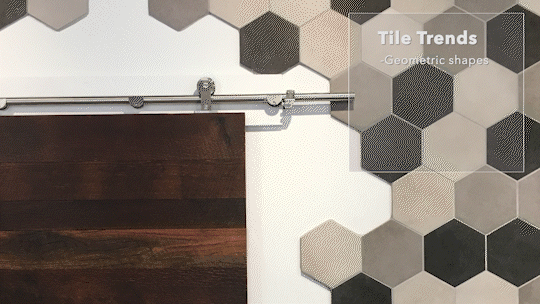
Current Trends in Tiling
Current trends in the industry include geometric shapes and patterns, large format tiling, and a new honing process that provides a marble-like finish. These trends reflect the industry’s continuous innovation, offering consumers various options.
Understanding the various aspects of tile, from their construction to the latest trends, can significantly enhance your tiling project. With experts like Keith Lacognata and Spartan Surfaces, you have reliable resources to guide you through all steps in your tiling journey. Doing so ensures your projects look fantastic and stand the test of time. For more insights and assistance, contact a Spartan representative, browse our website, or subscribe to the Spartan newsletter for more information. Happy tiling!
Check Out The Rest of Flooring U
About Spartan
Spartan Surfaces, a subsidiary of Floor & Decor, is a specialty flooring supplier headquartered in Bel Air, MD. Employing over 150 team members, Spartan holds warehousing and offices in Maryland and Minnesota with showrooms in D.C. and Chicago. Its geography encompasses seventy percent of the United States, with continued expansion on the horizon. Taking a human-centered approach, Spartan prides itself on great people dedicated to great products, great families, great friendships, and great happiness.
This article was updated on September 20th, 2023. Originally published April 27th, 2022.